Gainesville's New McMansion Zoning Code
The City of Gainesville just made walkable neighborhoods and starter homes illegal to build, all in the name of "reinstating single-family zoning"
On Thursday the Gainesville City Commission voted for yet another sweeping zoning change that will impact every neighborhood in our city. Some have called this change “reinstating single-family zoning” or a “reset”, but that’s only half true. It’s true that it is a repassage of our very old zoning code, but that code goes much further than just reinstating single-family zoning, something I would have been willing to vote for.
This zoning code passed by the City Commission essentially eliminates small, single family starter homes like mine from being built in the vast majority of Gainesville. It mandates large lots with large front yards and back yards.
It is, in essence, a McMansion code, ensuring that the future of Gainesville is not the diverse mix of starter homes and traditional ones that make neighborhoods like Duckpond, Pleasant Street, or Grove Street the beloved neighborhoods they are, but one that only the wealthiest of residents can afford to live.
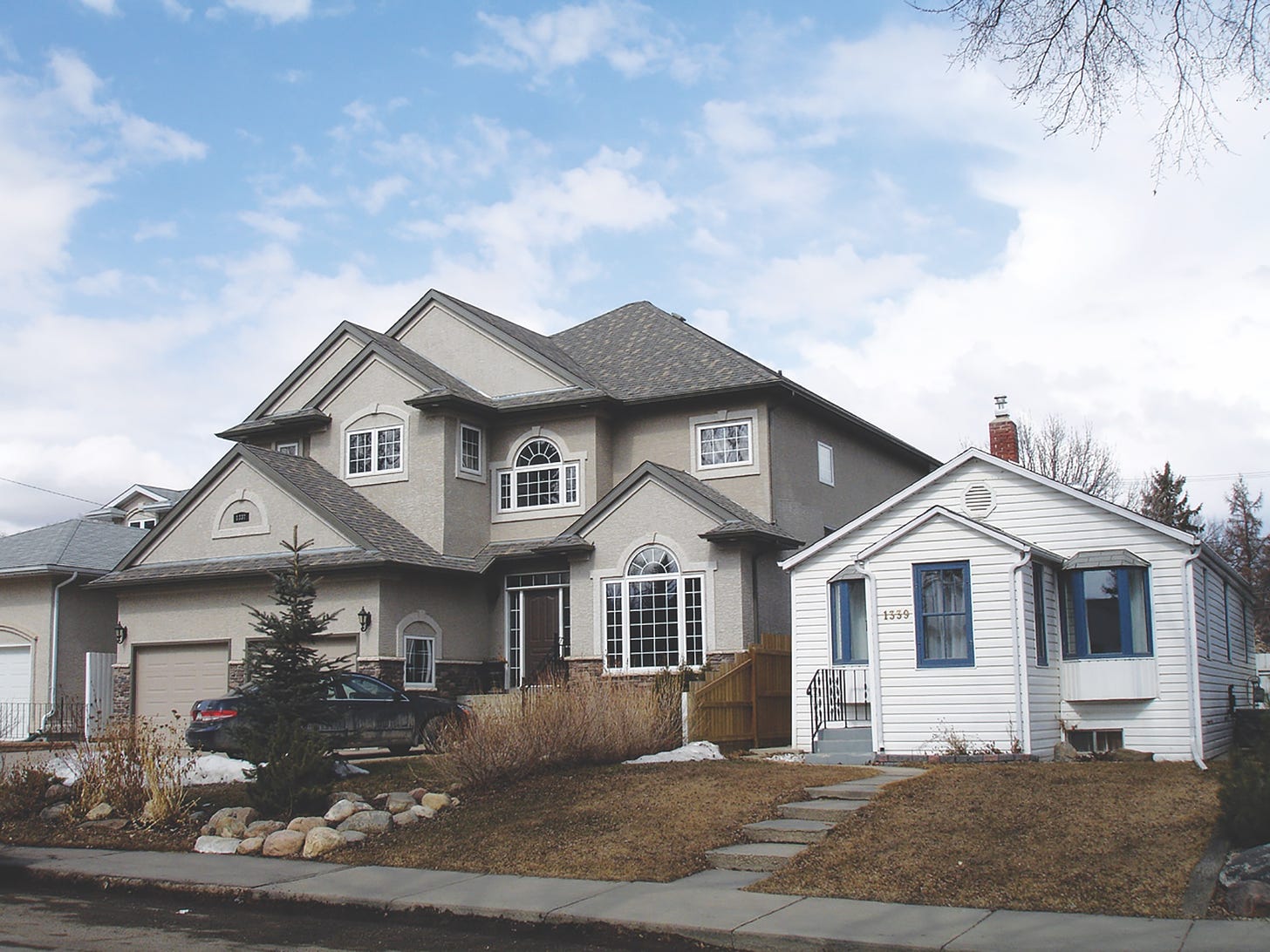
This McMansion code has real implications for the homes people can live in and our city’s ability to create the walkable, vibrant neighborhoods so many want. It raises the price of housing, both rental and owner occupied, and hurts the growth and equity of our community.
This was not what the community asked for
To me the election results of 2022 were clear, people wanted a more thoughtful direction from their Commission. Most were opposed to the single-family elimination passed by the previous commission, but acknowledged that housing prices were high and were open to thoughtful reforms.
I was one of four candidates who won my election in 2022, and of those four, three of us ran against people who took a more extreme position on single-family zoning. Voters were receiving regular mailers scaring them about a “War on Single Family Zoning”, and every voter understood the weight of the vote they were taking on this issue.
But the end results were that every one of those candidates lost. Over the thousands of doors I knocked it was clear to me that the residents of Gainesville weren’t in favor of the sweeping changes passed by the previous commission, but there was a majority who wanted to see progress and solutions on this issue. That was the majority who elected me.
Unfortunately, that isn’t what we got. On Thursday the Gainesville City Commission took the easy road and just put our 1958 zoning code right back on the table. It’s a zoning code that mandates these large homes and ensures that homeownership will be further and further out of reach for everyone except the richest of Gainesvillians.
It was heartbreaking to watch, and I hope our Commission will take the time to address this issue that everyone from the Obama Administration to the AARP to the Sierra Club has come out and said is a real problem that local cities must find solutions to.
Single-family housing in Gainesville is broken
In 2014 my wife bought the home we live in now for $110,000. It’s what you’d call a “starter home”, an 1,100 sq ft. .14 acre house built in 1941. We got this house the way generations before us did: saved up for a downpayment, bought a house that was a bit of a reach for our entry level income, but became homeowners all the same and are happy we did.
This was for us the old fashioned “American dream”. Homeownership has long been the path that those just on the edge of middle class have used build a real investment for themselves and their families. But in the past few years that path has turned into a dead end.
According to the Federal Reserve’s “All Transactions House Price Index” for Gainesville the average home bought in 2014 has more than doubled in price since those days.
This affordability crisis came hard and fast. The average home in the Gainesville area today sells for $500,615 according to the Federal Reserve of St. Louis. Compare that to just six years ago where the average was $275,116. For most families, saving $27,000 for a 10% down payment on a house was a real stretch in 2016, but was doable. By 2023 the idea that a working family can cobble $50,000 together, more than the median Gainesville worker makes in a year, is absurd.
And this is impacting affordable housing more than anything else. According to Realtor.com, large luxury houses have flatlined or gone down in price since early 2022. The real rise in prices is in the “starter home” category, the exact homes that make homeownership possible and working-class people need to live.
The price of starter homes rose 15% in 2022, while luxury homes went down or didn’t increase at all. These smaller starter homes are the exact types of homes we need, but they’re becoming more and more out of reach. And sadly, the rules passed Thursday night by our City Commission are largely to blame for that and will continue to make the issue worse.
What’s with this rise in home prices?
There’s a lot that goes into it, but none of it a great mystery and all of it is just a mix of economics and demographics.
The economy is growing incredibly fast, and that puts pressure on everything, particularly housing where a disproportionate amount of spending goes. At the same time, the two largest generations in history are converging on the housing market at once: Millennials and Boomers. Millennials are the largest generation in history, and we’re all reaching our 30’s and 40’s and doing what every generation does when they reach their 30’s and 40’s: becoming boring. We’re settling down, moving up the career ladder, meeting a partner, having some kids, and looking at getting a house with a yard.
The other largest generation, the baby boomers, are retiring and moving to the warm weather of Florida. Many are disproportionately choosing to live in single family homes, either the ones they raised their kids in or finding homes in the areas they’re moving to. In previous generations these retirees would move to a community like Cumberland Circle Communities or Haile Village that are smaller and appeal to downsizing empty nesters, but we haven’t built communities like those in decades.
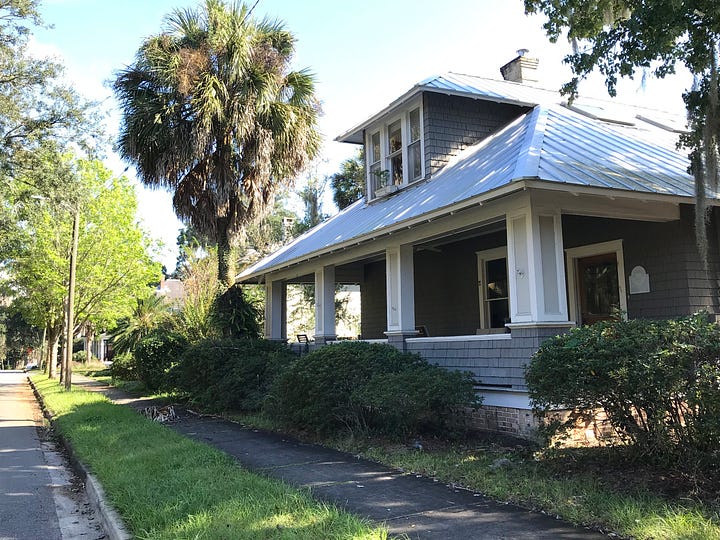
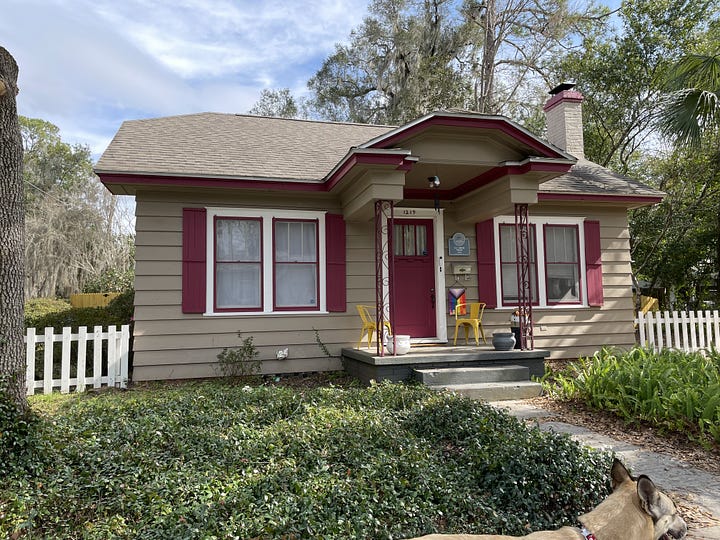
Meanwhile, Gainesville, and Florida as a whole, is exploding in population. Florida is the fastest growing state in the United States, and Gainesville is the 19th municipality in the state receiving that population. According to BEBR, between 2020-2022 Alachua County gained 9,404 people and Gainesville gained 4,794. That’s enormous growth, growth that our city has been trying to wrestle with for years as we balance preserving what makes Gainesville special while ensuring people have a place to live.
Put those altogether and you have a housing crisis that isn’t going away unless we do something about it.
The answers are multi-faceted and difficult, but they require us to really think about what people want, how to better utilize land, and find ways to grow the supply of housing for everyone at every income level.
Mandating that only large, luxury suburban style houses can be built on every single-family lot in the city of Gainesville accomplishes none of those goals, and only sets us back.
Back to the single-family zoning code….
Let’s come back to my home again for a moment.
It’s a little 1,100 sq. ft. World War 2 era house built on a .14 acre lot with a 70 ft. frontage. The lot seems pretty large to me, it’s plenty of room for our house, a shed, a big backyard and front yard. It could be bigger, particularly when our two-year old is throwing a temper tantrum, but 99% of the time it’s fine.
But my starter home on .14 acres would be illegal to build in 96.2% of the single-family zoned land in the City of Gainesville under this newly passed code. That’s because our single-family zoning code doesn’t just put restrictions on how many homes can be attached together, it tells you how large of a yard you must have, how big the frontage of it must be, how far back it needs to go, and how big your front and backyard must be.
And these restrictions are plainly outrageous. In the vast majority of single-family land, RSF-1, you must have a .28 acre lot minimum to meet density restrictions. That is significantly higher than the national average for new single-family homes, at .18 acres, and nearly three times as large as the homes you’ll find in new developments like Town of Tioga.
The end result of that is, unsurprisingly, larger and more expensive housing.
Why is it like this? And how did we get here?
The day single family zoning was born
In 1958 the City of Gainesville implemented Single Family Zoning for the first time. Before this the City didn’t really have zoning in the way we talk about it today. There was no “planning” staff, there were few restrictions on your home, and it was broadly believed that you had a right to your personal private property so long as it didn’t interfere with your neighbor.
The 1958 zoning code put that on its head, and as you could imagine it was incredibly contentious. Opponents came to city hall to call it “fascistic” and “highly restrictive”, but in the end single family zoning passed the City Commission despite the opposition.
The single-family zoning that was passed in 1958 was very much a product of its time. It mandated large lot widths of 85 ft, and lots of .23 acres. It was the era of the cold war, of rapid economic growth, of suburbanization, segregation, and urban flight. Neighborhoods like Duckpond and Pleasant Street, with their little lots and diverse housing types, were considered slums, and getting federal loans to buy homes in those areas was near impossible.
Fast forward 65 years and we’re in a very different place, but Thursday night the Gainesville City Commission passed almost an exact replica of that policy, even to the areas it was zoned. If they did this because they believed that is what people wanted, that would be fine, but it’s pretty clear that isn’t the case.
This is not what people want in 2023
Perhaps a law like this made sense in 1958: families were twice as large as they are today, there was plenty of land on which to sprawl, and the highways were opening up more land every day. These traditional large lot, suburban homes are what people wanted, and the government mandated they be built exactly that way with no deviation. But looking at it from 2023 it seems a bit silly.
For one, the rising cost of land means that homes will continue to rise in cost with little alleviation. In a more flexible housing market, like Duckpond prior to modern zoning, areas in high demand would split their lots and build more homes so more people could live there. It was the natural move of supply and demand, and it’s what gives these areas their charm and relative affordability. With these new restrictions that can’t happen, so housing will continue to rise and sprawl will continue to happen unabated.
It also results in the loss of what few affordable homes we have. As our current homes age and are replaced, the sunken cost of the expensive land they sit on is going to mean it only makes sense to build larger, more expensive housing. The result is that the smaller more affordable homes will be replaced with larger and larger homes, AKA McMansions. That’s exactly what happened in Austin, who kept many of these zoning regulations on the books even as land prices went up. The end result was the charming neighborhood homes of Central Austin were bought up by wealthy residents and turned into McMansions. They called it “the McMansion problem” and despite policies to slow it down, the McMansions keep coming, because forcing large lots on single family homes, inevitably, leads to luxury McMansions.
But perhaps even more importantly, this isn’t what people actually want. There has been a renaissance over the last 20 years in walkable, smaller lot, tighter communities, and numerous studies showing people prefer this type of living.
A study by SmartGrowth America found Americans will spend 35% more to live in a walkable neighborhood. Another study by the American Planning Association found that 56% of Millenials and 46% of Boomers prefer walkable neighborhoods.
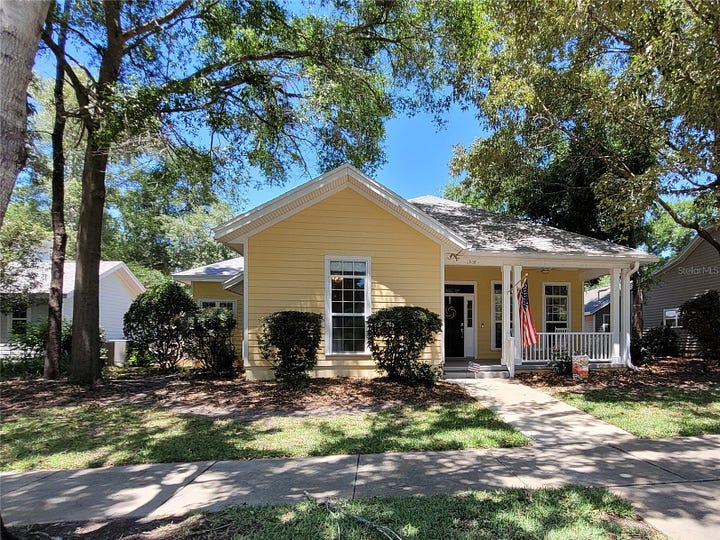
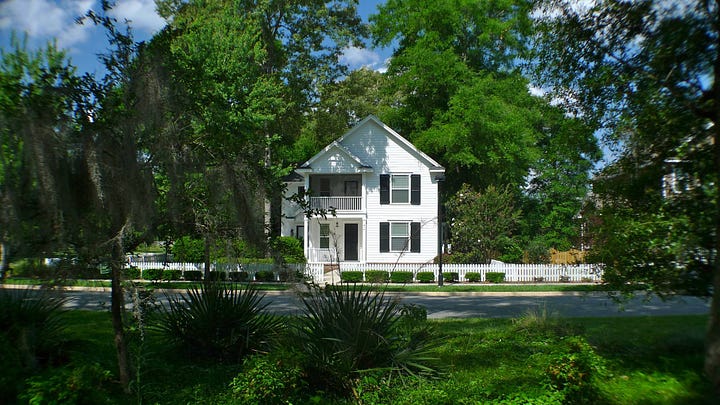
And you can see the result of this locally. Duckpond is no longer the working class, rough-around-the-edges place it once was, but one of the most fashionable and highly sought after neighborhoods in the city. The same is true of Pleasant Street and the Bed & Breakfast District. Even when developers are building from scratch, invariably they are building neighborhoods in that historic style that are walkable and with smaller lots. Look at Town of Tioga, Oaks Preserve, Haile, or nearly all of the developments to the West of I-75. Those are all very tight, small lot developments that hover around .1 acres, nearly a third of what we mandate in most single family zoning under the code the City Commission passed on Thursday.
The city commission’s zoning code
Some are referring to this as a “reset” or a “recension”, but I respectfully disagree. The City Commission passed an all-new zoning code that residents of our city will now be living under. We own it, it’s ours, even if it’s a readoption of an outdated code. We could have made it better, we chose not to.
The new zoning the majority voted for mandates large lot, suburban style homes across the city, which will inevitably lead to luxury McMansions and the loss of affordable starter homes, because that is what happens everywhere this is done.
The City Commission can still choose to go a different route, but I have proposed solutions twice that protect single family zoning while allowing smaller starter homes to be built on properties in the City of Gainesville. Each and every time the commission has chosen to not even explore the idea, to not even have staff review any proposal of the type.
So at this point the community needs to let them know. If you want to see Gainesville retain the diverse character and charm our historic neighborhoods have. If you want to ensure that regular middle-class and working-class residents can afford to buy a home and live within our city, I need more people reaching out and telling them that you oppose this new McMansion zoning code. That’s the only way forward.



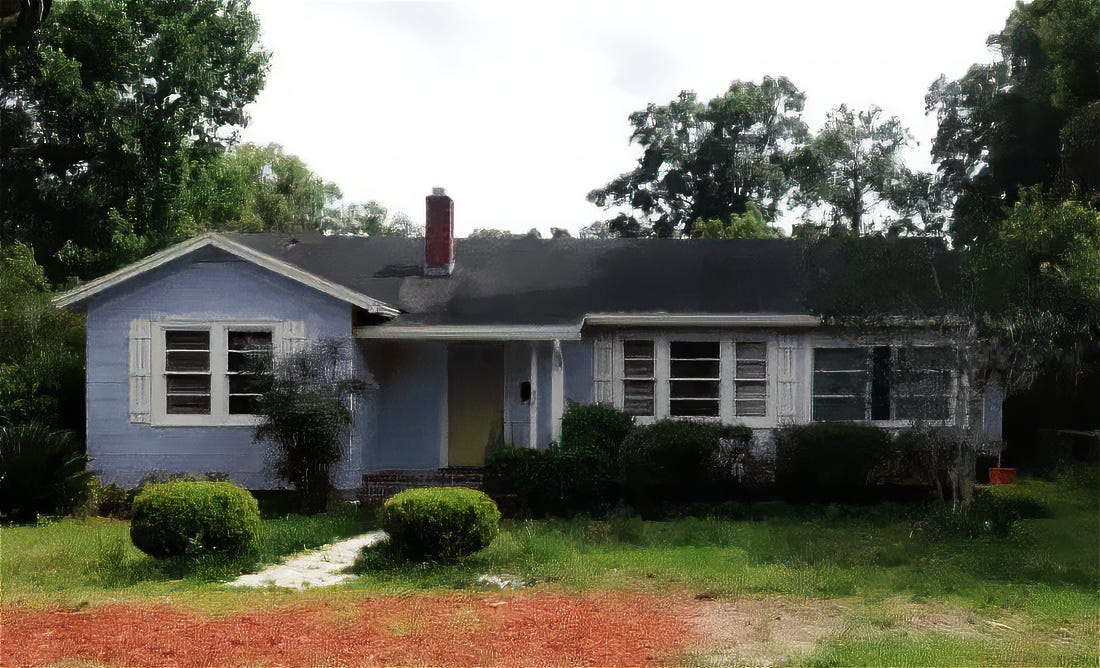
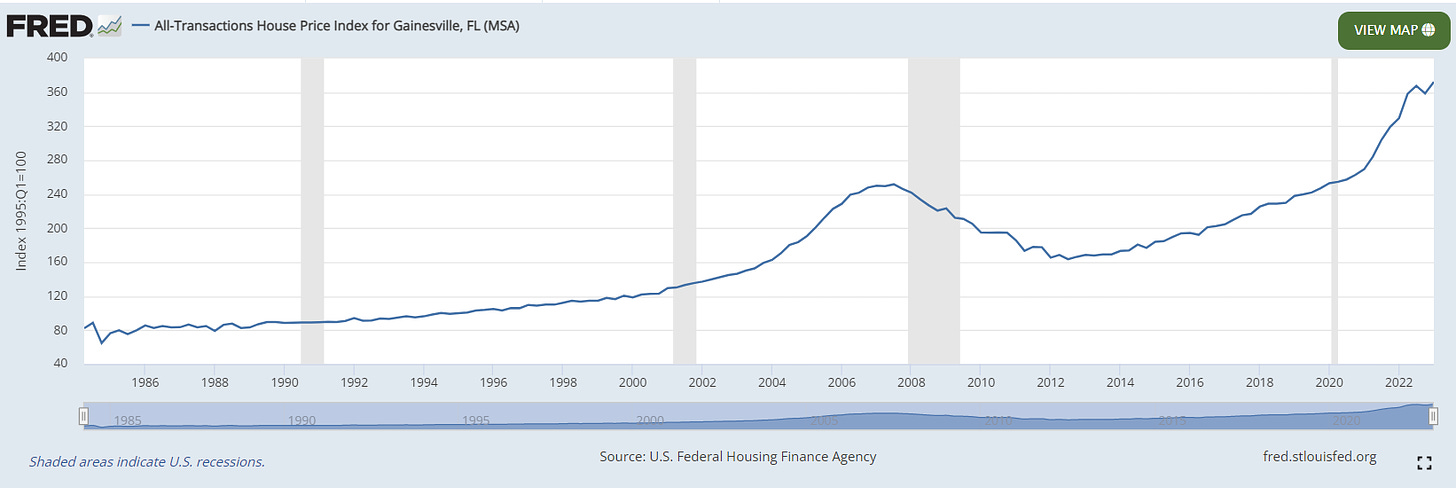
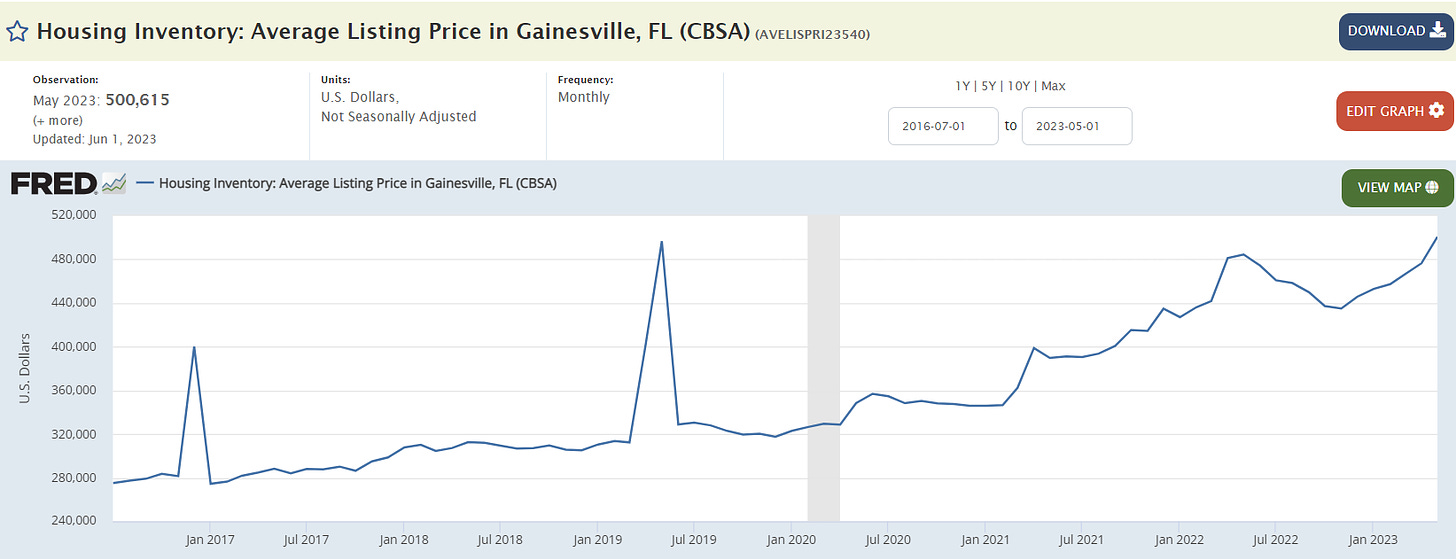
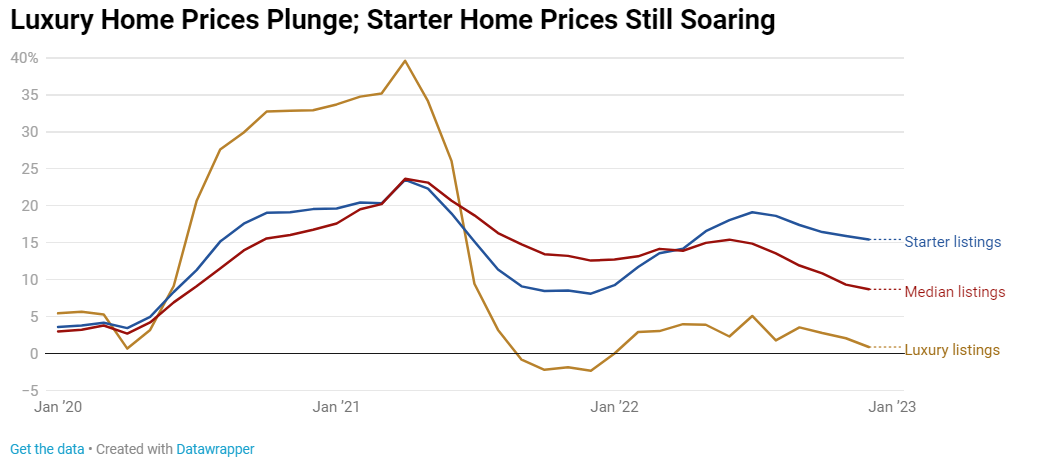
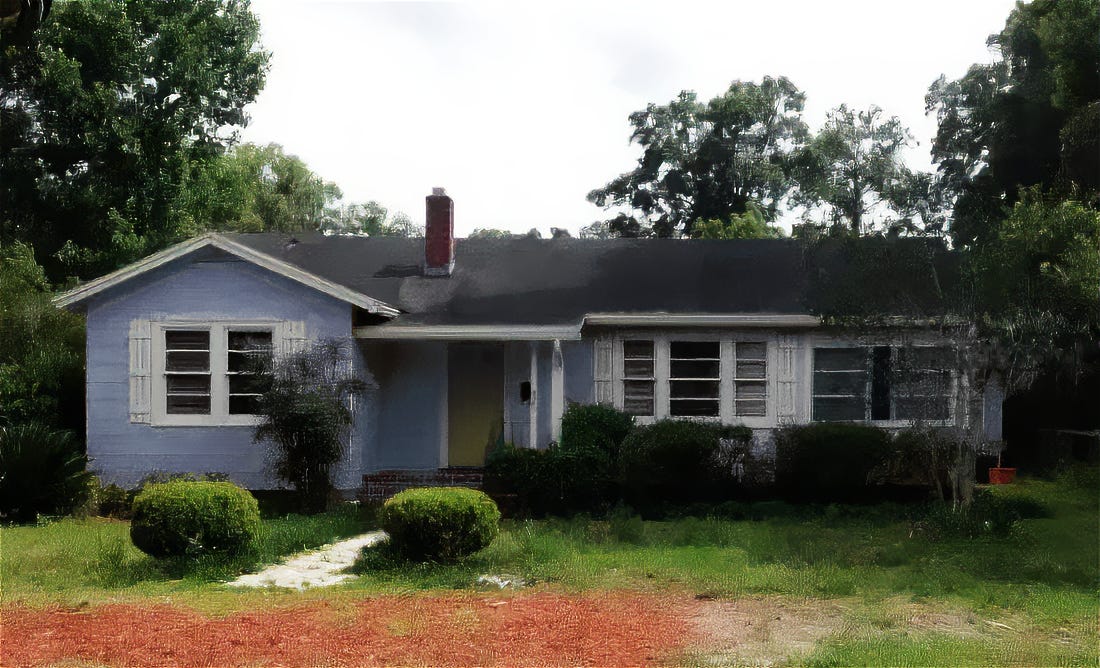

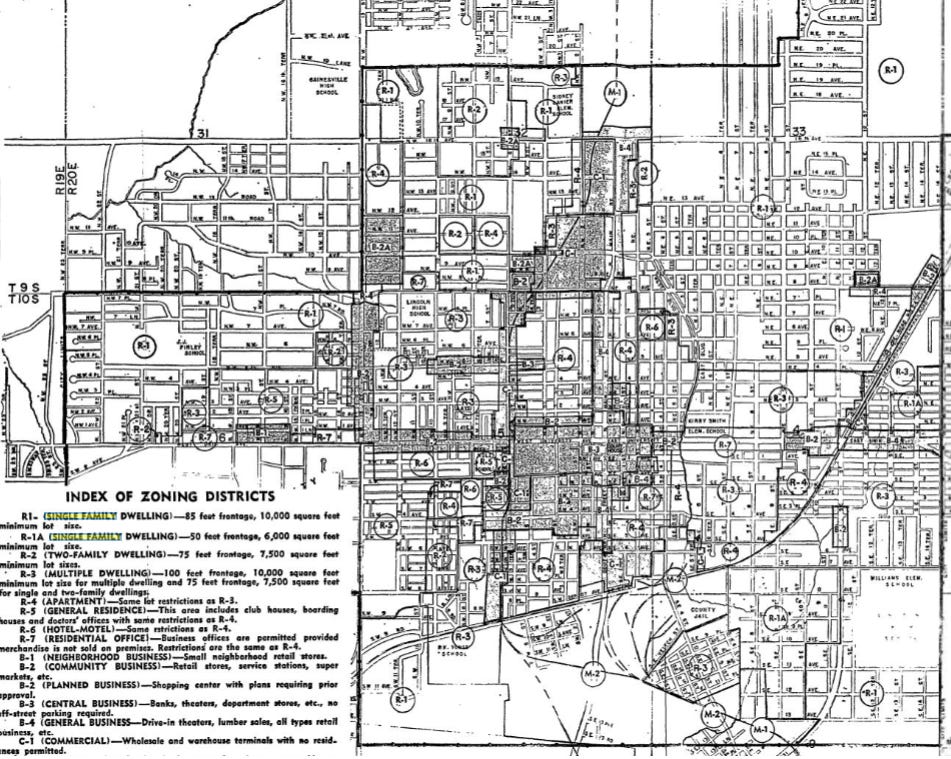
Interesting read. I was not aware of the lot requirements since our 1924 house in Duckpond has always had a small lot (by my standards of prior rural living).
Since many lots are already plotted/established in Gainesville neighborhoods (other than new developments) how do these restrictions change the already established lots and being able to rebuild on them or does it just prevent established lots from being subdivided in the designated neighborhoods?
Sadly, part of the reason that the efforts involved in this "take over" of GRU are now primed for success is in large part due to the arrogance and actions of past city commission members who refused to LISTEN to their constituents and to experts.
I'm not in favor of the take over, but I do feel that prior commissions have demonstrated, and led many to believe, that the "the public", e.g. our elected officials, have proven themselves incapable and unworthy of managing this issue. The actions that are now being taken to address some of the long-standing issues with GRU are possibly "too little, too late". So, the vultures waiting in the wings now have an opportunity to do something that they have wanted to do for a long time.
Another reminder of the importance of electing local representatives who are capable and willing to do the hard work necessary for managing and preserving our community while actually representing the perspectives and desires of the people who elect them.